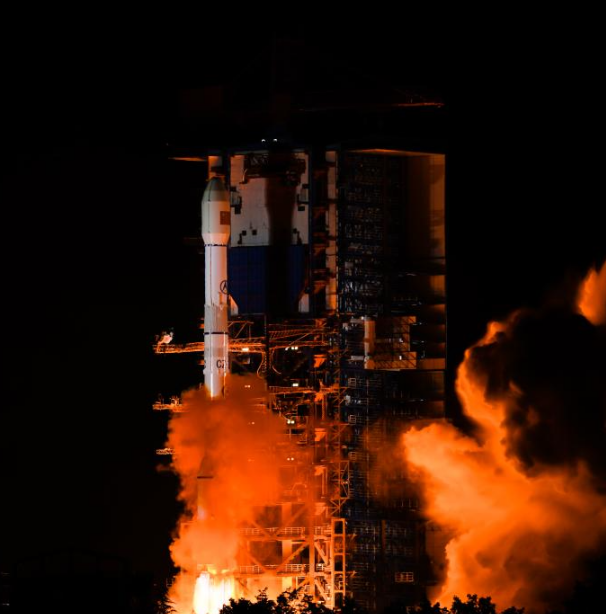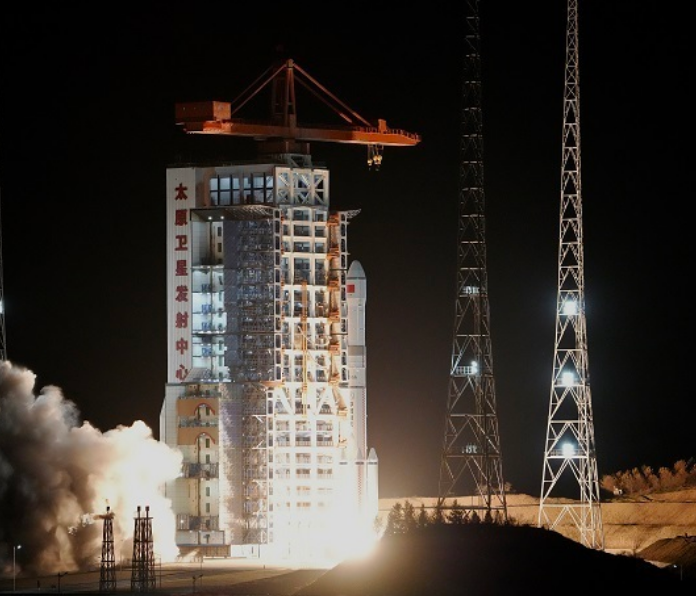03
2024-10
Satellite phones are coming, but users not happy to pay much extra for the capability
Two out of five mobile phone subscribers are unwilling to pay any extra for direct-to-cell satellite services, which may give operators pause for thought as they continue to pump cash into scaling the infrastructure.
Much has been written about the race to enable satellite connectivity for mobile phones, typically to provide coverage in places such as rural or remote areas of the US where there may be no cell networks nearby.
The GSM Association (GSMA), an industry body representing the interests of mobile network operators worldwide, asked 1,000 respondents in ten countries how much additional spend they'd consider adding to their mobile tariff if satellite connectivity was included.
Some 40 percent said they wouldn't pay more for this capability. Of the remainder, 32 percent would only be willing to pay up to 5 percent extra; 17 percent said they'd be willing to pay up to 10 percent extra, and only 4 percent were prepared to add 20 percent to their tariff.
The GSMA put a positive spin on this, saying the figures indicate that 60 percent of people, on average, are willing to pay more on top of their existing bills.
Even 5 percent extra on tariffs would be a meaningful boost to the average revenue per user, the trade body claimed, "when spread across the applicable customer base of the mobile operators most likely to take satellite, whether in an existing tariff or as a separate offer."
It added: "in short, if it's built, they are likely to come."
The GSMA also noted that inclination to pay is "part science and part art," and consumer attitudes must be "taken with a grain of salt, compared to actual purchases."
Another key factor in whether people will be interested in having satellite services available as a supplement is - unsurprisingly - the quality of mobile network coverage in their area.
The GSMA's survey found that circa 94 percent of those 1,000 people answering its survey had rated their mobile service at home as good or excellent, falling when on the move (such as on a train), although most are in the "good" rather than "excellent" camp.
The inverse correlation shows demand for satellite coverage is likely to be highest in developing economies such as South Africa and Brazil.
This data comes from the GSMA's Q3 Non-Terrestrial Network (NTN) & Satellite tracker report, which highlights that 105 agreements have now been signed between telecoms operators and satellite companies, showing the tech is evolving from a niche strategy to gaining broader industry support.
Many of these alliances are for space-borne services that are not yet operational, of course, such as the tie-ups between US networks Verizon and AT&T to use the satellite network that AST SpaceMobile is in the process of building.
Most of the telcos with satellite tie-ups are in the Asia-Pacific region, double those found in the next largest region, which is Sub-Saharan Africa. Europe is listed as having 10, and North America six, with Latin America at 14, Middle East and North Africa at eight, and Eurasia four.
Of the satellite operators, Starlink remains the leader in deployments, the GSM said, with more than 6,300 in orbit as of August 2024. However, it is estimated that only around one hundred of these are currently units supporting direct-to-cell capability.
Eutelsat OneWeb had the next highest number of deployments, with approximately 650 units in orbit, while Amazon's Project Kuiper and AST SpaceMobile are set to join the party soon.
China also has plans to loft thousands of satellites in the near future, and the GSMA notes that these are part of a broader strategy to support defense and economic objectives and largely for domestic use, in contrast to other network operators such as Starlink.
-
29
2025-05

Tianwen-2 Mission Launched Successfully
At 1:31 AM today, China successfully launched the Tianwen-2 planetary exploration probe from the Xichang Satellite Launch Center using the Long March-3B Y110 carrier rocket.
-
13
2025-05

Communication Technology Experiment Satellite No. 19 Successfully Launched
At 2:09 on May 13, China successfully launched the Communication Technology Experiment Satellite No. 19 from the Xichang Satellite Launch Center using a Long March 3B carrier rocket. The satellite smoothly entered its predetermined orbit, and the launch mission was a complete success.
-
12
2025-05

Remote Sensing Satellite No. 40, Group 02, Successfully Launched
On May 11 at 21:27, China successfully launched the Remote Sensing Satellite No. 40, Group 02, from the Taiyuan Satellite Launch Center using a Long March 6A carrier rocket. The satellite entered its predetermined orbit smoothly, and the launch mission was a complete success.









